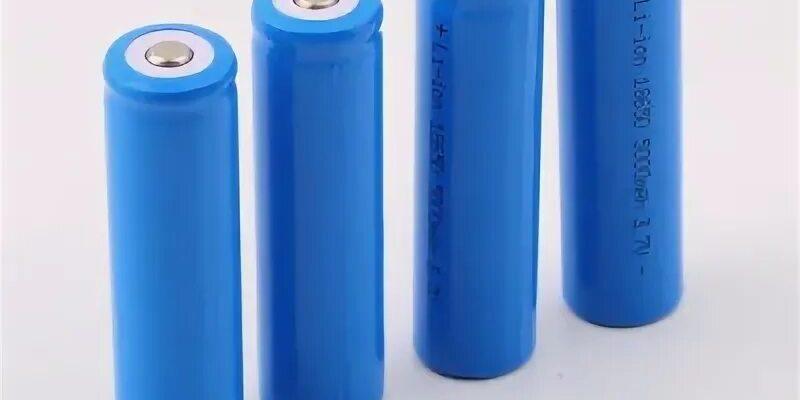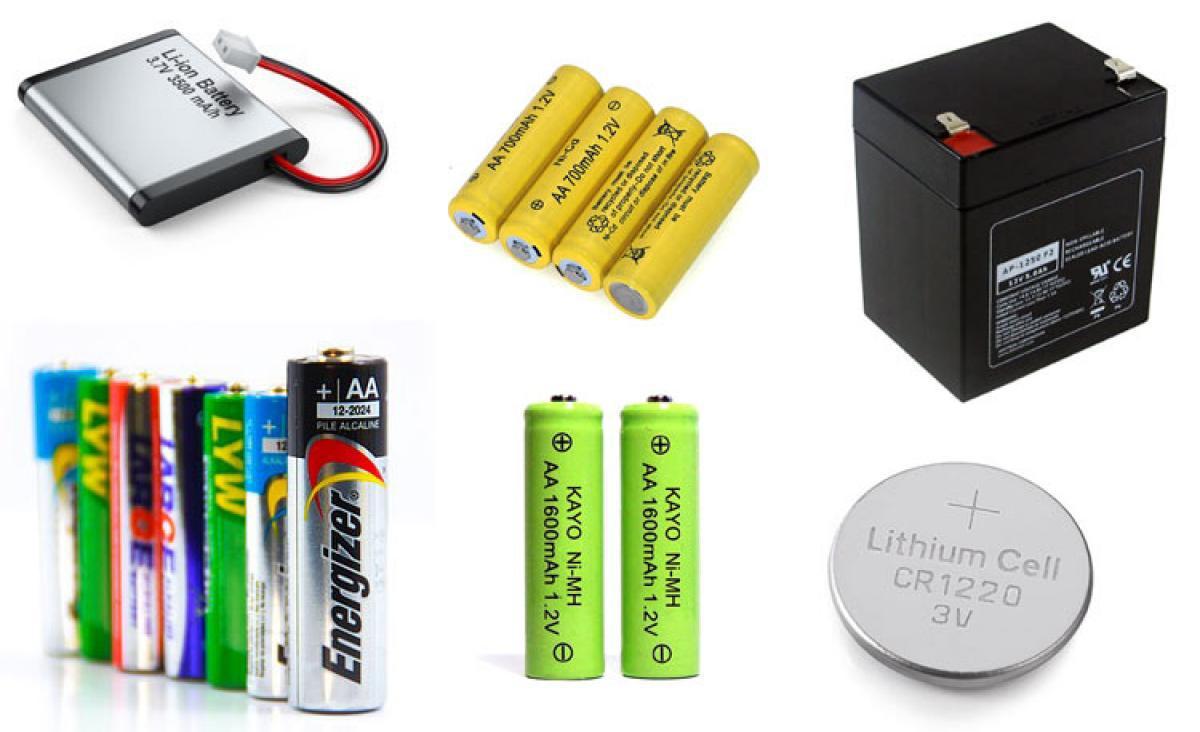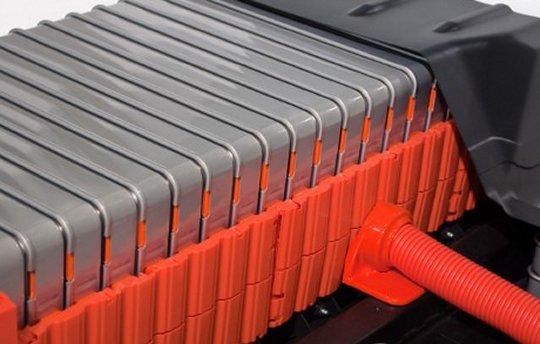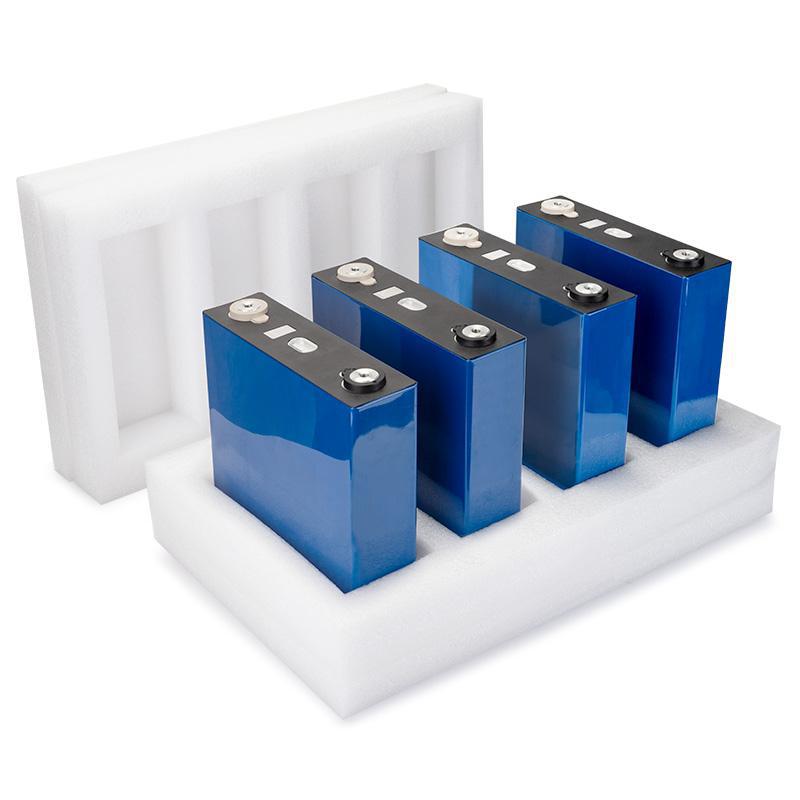Power is an essential part of our lives. We rely on it to light our homes, run our appliances and power our devices. However, the way we generate power is not sustainable in the long run. Burning fossil fuels releases harmful emissions into the atmosphere, contributing to climate change. Therefore, it is important that we find alternative sources of power that are clean and renewable.
One of the most promising technologies for storing energy is lithium-ion batteries. A lithium-ion battery is small, light and powerful, making it ideal for use in various applications. However, they are also expensive to produce and have a limited lifespan.
As battery technology continues to evolve, we can expect to see more affordable and longer-lasting batteries, like leisure batteries. In addition, new chemistries and materials are being developed that could further improve the performance of lithium-ion batteries. With continued research and development, lithium-ion batteries could play a vital role in powering a sustainable future.
Let’s dig deep to get more information!
Types of Lithium-ion Batteries and Their Energy Density
There are three main categories of lithium-ion batteries where we can find their density and other features listed below.
- Lithium Titanate (LTO)
- Lithium Cobalt Oxide (LCO)
- Lithium-Ferrous-Phosphate (LFP)
Lithium Titanate (LTO)
The lithium-titanate-oxide (LTO) chemistry with an energy density of 50-80 Wh/kg is one that offers high safety, high cycle life, modest power density, lower energy density, and, most importantly, operation at high symmetric charge/discharge rates. With these properties, it can be treated as both a battery and as an ultra-capacitor with significantly higher energy density, depending on what the application requires. Lithium-titanate battery is slowly becoming more popular in recent years due to their numerous advantages over other chemistries.
LTO cells have many benefits that make them ideal for certain applications. One of the most notable advantages is the extremely long lifespan. LTO batteries are typically rated for over 20,000 charge/discharge cycles, which is significantly higher than most other types of batteries on the market.
In addition, LTO batteries can be discharged and recharged rapidly without any performance loss. This makes them well suited for applications where high discharge rates are required, such as in electric vehicles or power tools. While LTO batteries do have some drawbacks compared to other chemistries (lower energy density, higher cost), their unique advantages make them an attractive option for many applications.
Lithium Cobalt Oxide (LCO)

Lithium cobalt oxide (LCO) batteries offer a number of advantages over other types of lithium batteries. One of the most important advantages is their high energy density. Lithium cobalt oxide batteries can store up to 150-200 watt-hours per kilogram (Wh/kg), which is significantly higher than the energy density of Lithium-Ferrous-Phosphate (LFP) and lithium titanate (LTO) batteries.
This means that LCO batteries are able to provide more power per unit mass, making them an ideal choice for applications where weight is a critical factor. In addition, LCO batteries also have a higher power density than LFP and LTO batteries, meaning they can deliver more power per unit volume. This makes them ideal for limited space applications, such as in portable electronics.
Lithium-Ferrous-Phosphate (LFP)
A Lithium-Ferrous-Phosphate battery (LiFePO4) with an energy density of 90 -160 Wh/kg is a type of LiPo battery which contains Lithium-Ferrous-Phosphate material as the oxidizing electrode and a black lead carbon terminal with a metal coating working as the reducing electrode. The advantages of using LiFePO4 are that it has a wide range of raw material sources, a long cycle life, a high safety index, excellent thermal and chemical stability, and outstanding high-temperature resistance.
In addition, LiFePO4 batteries can be charged and discharged at higher rates than other battery chemistries, making them ideal for applications where quick response times are important. However, one downside of LiFePO4 batteries is that they typically have lower energy densities than other types of batteries, so they are not well suited for applications where weight and space are major concerns.
However, for many applications, the advantages of LiFePO4 batteries outweigh the disadvantages, making them an excellent choice for powering everything from electric vehicles to portable electronics.
Final Thought
Lithium-ion batteries come in various chemistries, each with its advantages and disadvantages. Lithium-Ferrous-Phosphate batteries, for example, are giving an ad for motorhomes for sale, and you are using batteries known for their high energy density and long life span. However, they are also more expensive than other types of lithium-ion batteries. As a result, it is important to choose the right battery chemistry for your application. On the other hand, if you are looking for a battery that can provide a long run time and withstand frequent use, a Lithium-Ferrous-Phosphate battery is likely the best choice.









